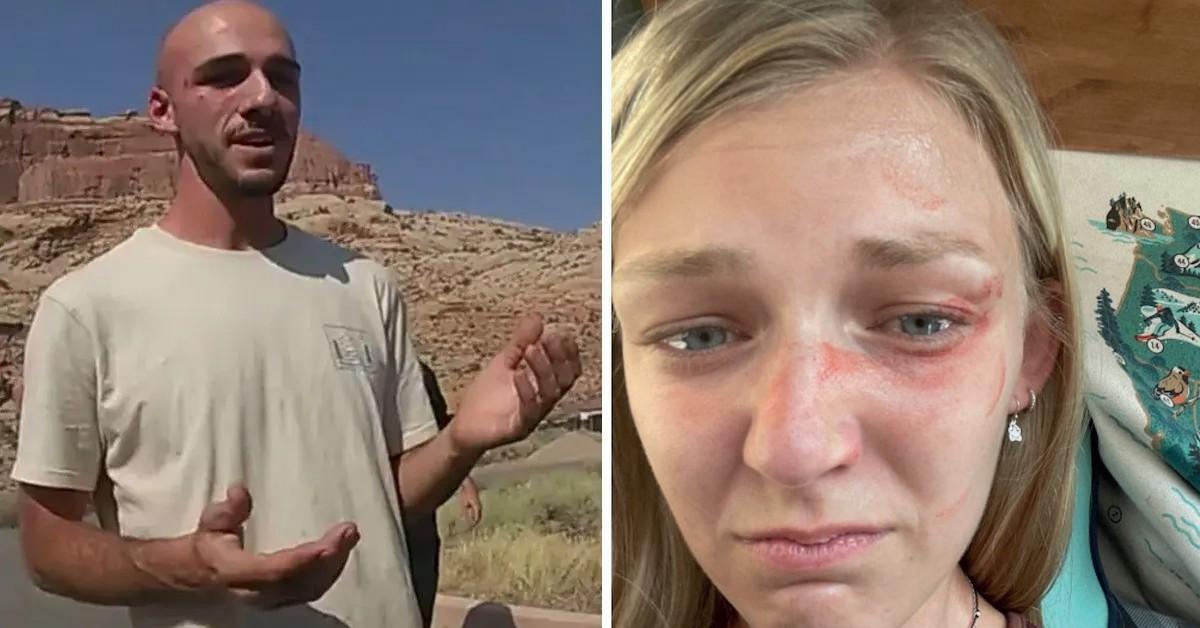

Affected residents are asked to refrain from burning yard and land clearing debris, whose smoke can negatively impact the state’s air quality during the hot summer months by contributing to high ozone levels. On May 1, an outdoor burn ban will begin in 54 Georgia counties, primarily in the northern half of the state. NORTH GEORGIA BURN BAN BOOSTS AIR QUALITY En Georgia, es ilegal quemar la basura que generamos en nuestros hogares. Peligros ocultos de la quema del patio trasero. Hidden Hazards of Backyard Burning (Español) Important information about the illegal practice of burning household waste
Burn notice code#
Overview of permissible and impermissible open burning practicesġ To amend Code Section 12-6-90 of the Official Code of Georgia Annotated, relating toĢ permit required for burning woods, lands, marshes, or other flammable vegetation, andģ exceptions, so as to except certain yard waste from permitting to provide for related matters Ĥ to repeal conflicting laws and for other purposes. Important fire prevention precautions for burners, however, were added.Ĭontact information and resources for the state’s Environmental Protection Division (EPD) GA code section 12-6-90 eliminates the need to notify the Georgia Forestry Commission when a person, firm,corporation or association intends to burn hand-piled vegetation/yard debris. GA Outdoor Burn Notification System Frequently Asked Questions Sin embargo, se añadieron importantes precauciones de prevención de incendios para los quemadores. GA código sección 12-6-90 elimina la necesidad de notificar a la comisión forestal de Georgia cuando una persona, empresa, corporación o asociación tiene la intención de quemar vegetación apilada a mano/ escombros de patio. GA Outdoor Burn Notification System FAQs (Spanish Version) New legal safety requirements are now specified for this type of debris burning. The law no longer requires a burner to inform the GFC online or by phone about their intention to burn leaf piles and yard debris. GA Outdoor Burn Notification System Changes Fact SheetĬhanges are being made to Georgia’s outdoor burn notification system. Graphic data from statewide fire danger weather stationsĭaily updates for 24-hour fire danger forecast Overview of the Clean Air Act and corresponding protections and actions by the EPA Information for the Office of Air and Radiation (OAR), which oversees policies and protections for air quality and radiation exposure Mejores prácticas para evitar lesiones y daños al quemar Please refer to the documents and websites in the following table for daily fire weather information, as well as laws and important tips for proper outdoor burning.ĭaily forecasts with NFDRS Ratings and State-wide Fire Danger RatingsĬommunity Planner, GFC Partners, GFC Staff, Homeowner, Landownerĭaily updated information on current fire dangers across the stateīest practices to prevent injury and damage when burning Frequently Asked Questions – English Version.Georgia’s Outdoor Burn Notification System Fact Sheet.
Burn notice how to#

Georgia Senate Bill 119 Code Section 12-6-90.Please click on the links below for more resources:

Unlawful Burn Notices may be issued and suppression charges may apply if GA code section 12-6-90 is not followed and wildfire results. Permits are good only for the day they are issued.Learn more about NIDIS Drought Email Alerts PLEASE NOTE: You can unsubscribe or manage your preferences at any time. Want to track multiple locations? Once you sign up, there will be a link to subscribe to additional locations. Drought Monitor conditions change for your location, or when NOAA’s Climate Prediction Center releases a new drought outlook, predicting whether drought will develop, persist, or improve. Sign up to get automated email alerts when U.S. weather awareness – to NWS red flag warnings, High Fire Danger designation of Very High or Extreme days and other hazardous conditions, low relative humidity, high winds, etc. hand tools or fire-containing equipment on site, such as rake, shovel, garden hoe, etc. These include: continuous pressurized water source on site man-made or natural barrier to contain fire, such as bare soil, rocks, bricks, burn barrel, etc. Some examples are: tools/measures in place to prevent escaped fire. R – Reasonable precautions – Tools/measures in place to prevent escaped fire. S – Space – 50+ feet between fire and structuresĪ – Attendance – Person responsible on-site until the fire is extinguished S – Space – 25+ feet between fire and woodlands

It advises burners to carefully plan their burn by remembering to “Take Five,” and follow an easy to remember “ S-S-T-A-R” formula: Permits are No Longer Required for Hand-piled Natural Vegetation/Yard Debris.


 0 kommentar(er)
0 kommentar(er)
